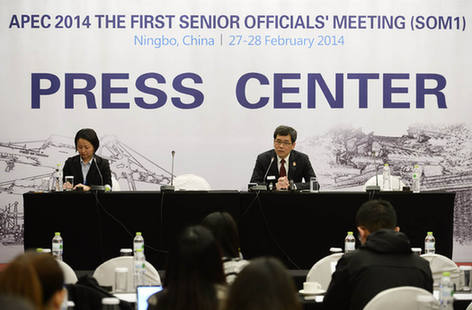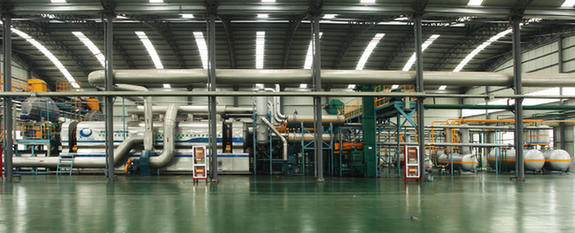Free Trade Area of the Asia-Pacific Promotes Regional Economic Integration
By WANG YUZHU
This year marks the 25th anniversary of establishment of Asia-Pacific Economic Cooperation (APEC). In the past quarter century, APEC, as an important platform for Asia-Pacific cooperation, has made huge contributions to regional integration and to improving the livelihood of peoples in the locale. China is APEC’s largest developing member nation. In the past 20 or more years since its involvement in APEC, China’s economy has made remarkable achievements throughout its gradual process of integration with the Asia-Pacific and world economies. Today, China is one of the world’s most important economies, and a key participant in international trade. Steadily growing imports reflect China’s growing domestic consumption, and how the country is expanding from “world factory” to “world factory & world market.” APEC’s latest development goal is construction of the Free Trade Area of the Asia-Pacific (FTAAP), also an endeavor of great significance in realizing regional economic integration.
|
 |
|
At a media briefing on February 28, 2014, Tan Jian, head of China's APEC Senior Officials’ Meeting, indicates that the free trade area is one of the issues to be addressed. |
FTAAP towards Economic Integration
APEC first proposed the FTAAP concept in 2006. Eight years later, there has been no substantial progress. Today, with the appearance of copious free trade agreements and organizations, and rising levels of both integration and fragmentation, construction of the FTAAP suits the common interests of economies in the area. It is the main route towards maximizing regional interests, but will be difficult to expedite.
On the one hand, APEC members have been locked in competition over the past few years wherein each tries to bring about regional development that serves its particular interests. This has blurred the direction of APEC development. In 1994, APEC members adopted the Bogor Goals, which aim for free and open trade and investment in the Asia-Pacific region. At this time, when developing economies called for freer trade and investment to propel exports, the Bogor Goals invigorated APEC. After the 9/11 attacks, however, developed economies abandoned the Bogor Goals, so weakening APEC’s capability and effectiveness in promoting Asia-Pacific integration.
On the other hand, the year 2008 saw the start of U.S. participation in promoting the Trans-Pacific Partnership (TPP) Agreement within the APEC framework. This split APEC members into the TPP group, whose members lost interest in APEC, and the non-TPP group, who had to acknowledge APEC’s weakened role.
China hence opted to promote construction of the FTAAP in an attempt to rebuild a goal of cooperation that all APEC members recognize. Of course, the country’s attention focuses as much on regional connectivity as it does on construction of the FTAAP, because the former provides important support for the latter. Connectivity also plays a key role in building a solid Asia-Pacific partnership.

